Raging heat, snarling creatures and deadly diseases... all countered by mystical natural potions. Discover the true history of Dragon Boat Festival via CGTN's compendium of magical Chinese herbs: Fantastic Plants and Where to Find Them.
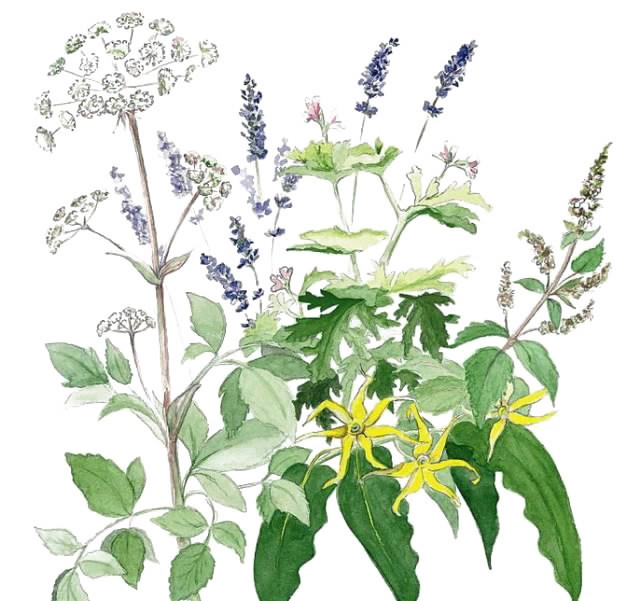
Certain plants are synonymous with Dragon Boat Festival. /VCG Photo
While most people now regard Dragon Boat Festival (duanwu in Chinese) -- May 28 to 30 this year -- as a holiday for racing on the water or tasting sticky rice dumplings (known as zongzi), few know it used to mark a wicked, taboo day.
Based on Chinese lunar calendar, the festival falls on the 5th day of the fifth month, when the summer solstice accompanied by soaring temperatures is believed to have brought to life vicious animals and diseases.
With limited scientific or medical knowledge, Chinese ancestors turned to plants for help. They believed that certain plants possessed magical powers to drive away devils and illnesses. They hung leaves of mugwort and calamus above doors, wrapped pomegranate flowers around children’s foreheads, carried angelica-perfumed fragrant pouches, and bathed in herbal spas to purify their spirit.
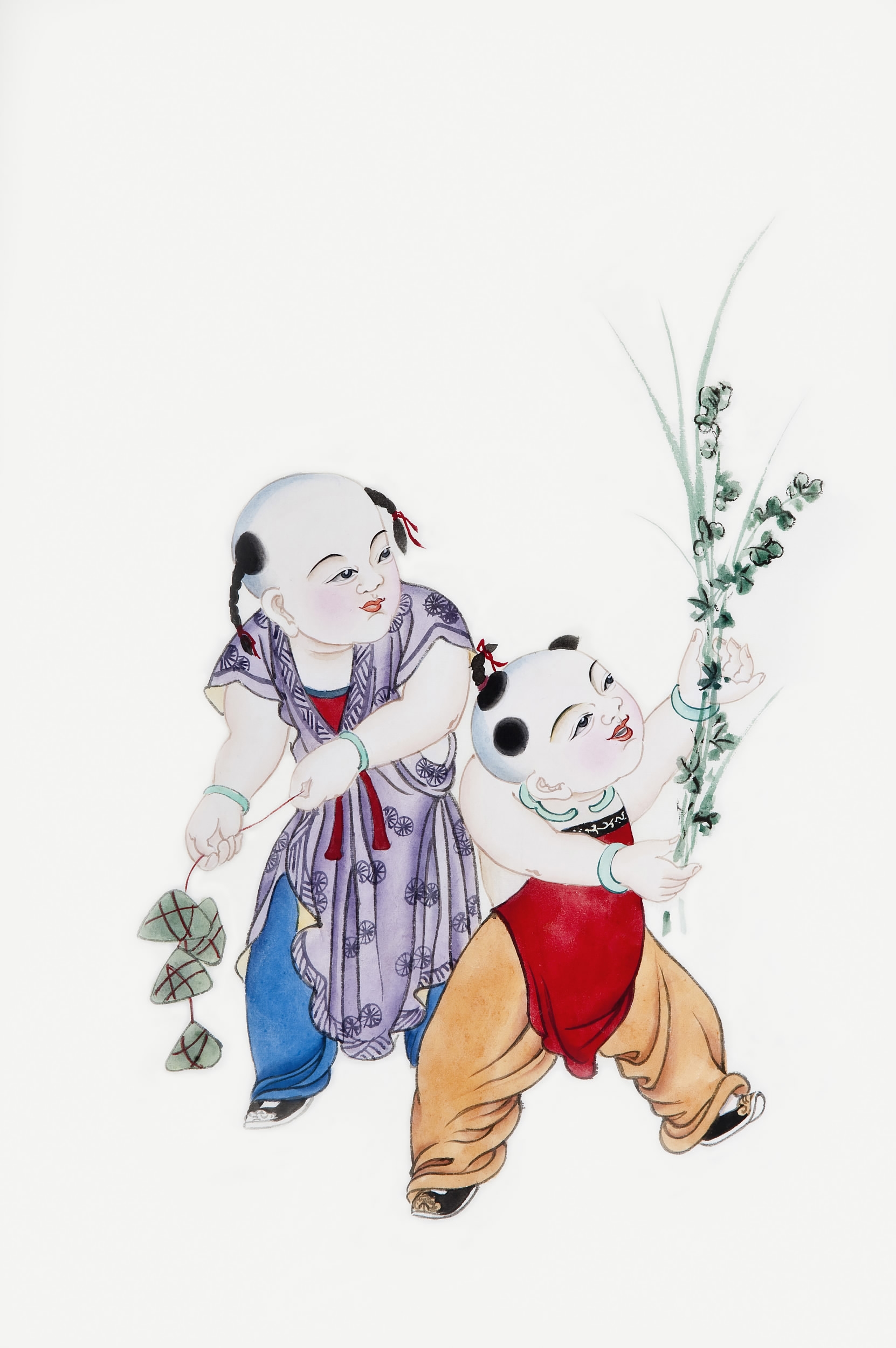
Children with mugwort leaves during the Dragon Boat Festival. /VCG Photo
Superstition? Perhaps. But, surprisingly, the customs do have some scientific support. Below we’ve compiled the four most fantastic plants closely associated with the festival.
Mugwort
Among all the plants associated with Dragon Boat Festival, mugwort is the most versatile in terms of its usage. During the festival, leaves of the herb were hung above doors, kept as charms, worn as flower corollas — and steamed to repel insects. Chinese believed that the strong aroma of mugwort could ward off evil spirits and prevent plague.
Mugwort is indeed a medicinal herb, still widely used today in Traditional Chinese Medicine (TCM). The herbaceous perennial has bitter and pungent properties, and is associated with the liver, spleen and kidney meridians.
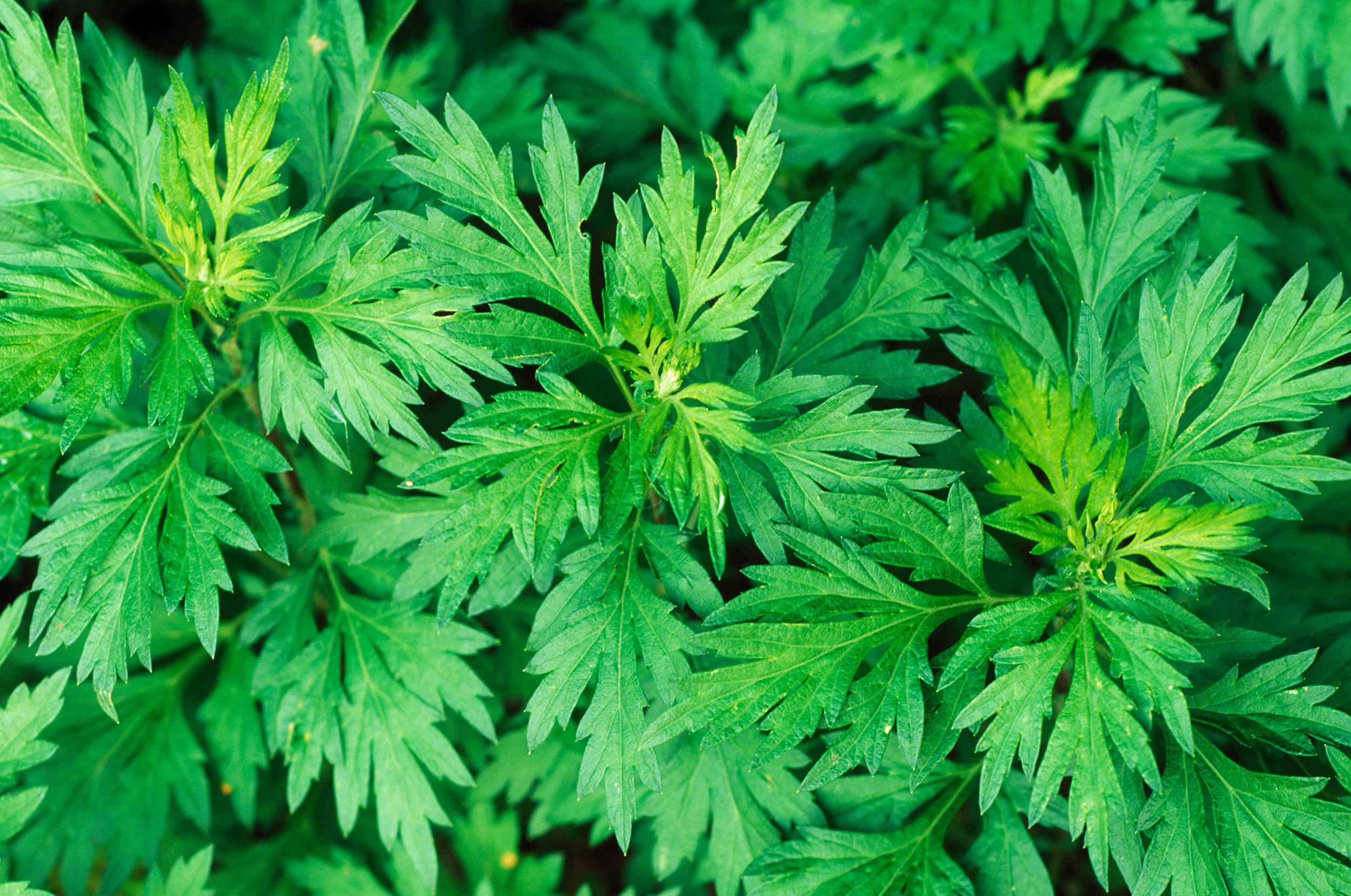
Mugwort is widely used in TCM. /VCG Photo
In addition, mugwort is used in moxibustion, a heat therapy in which it is burned in cones, sticks or on the tips of acupuncture needles to stimulate blood circulation and ease nerve tension. Modern medical studies reveal mugwort leaves are antiseptic and reduce fever, making it an essential aid on hot summer days.
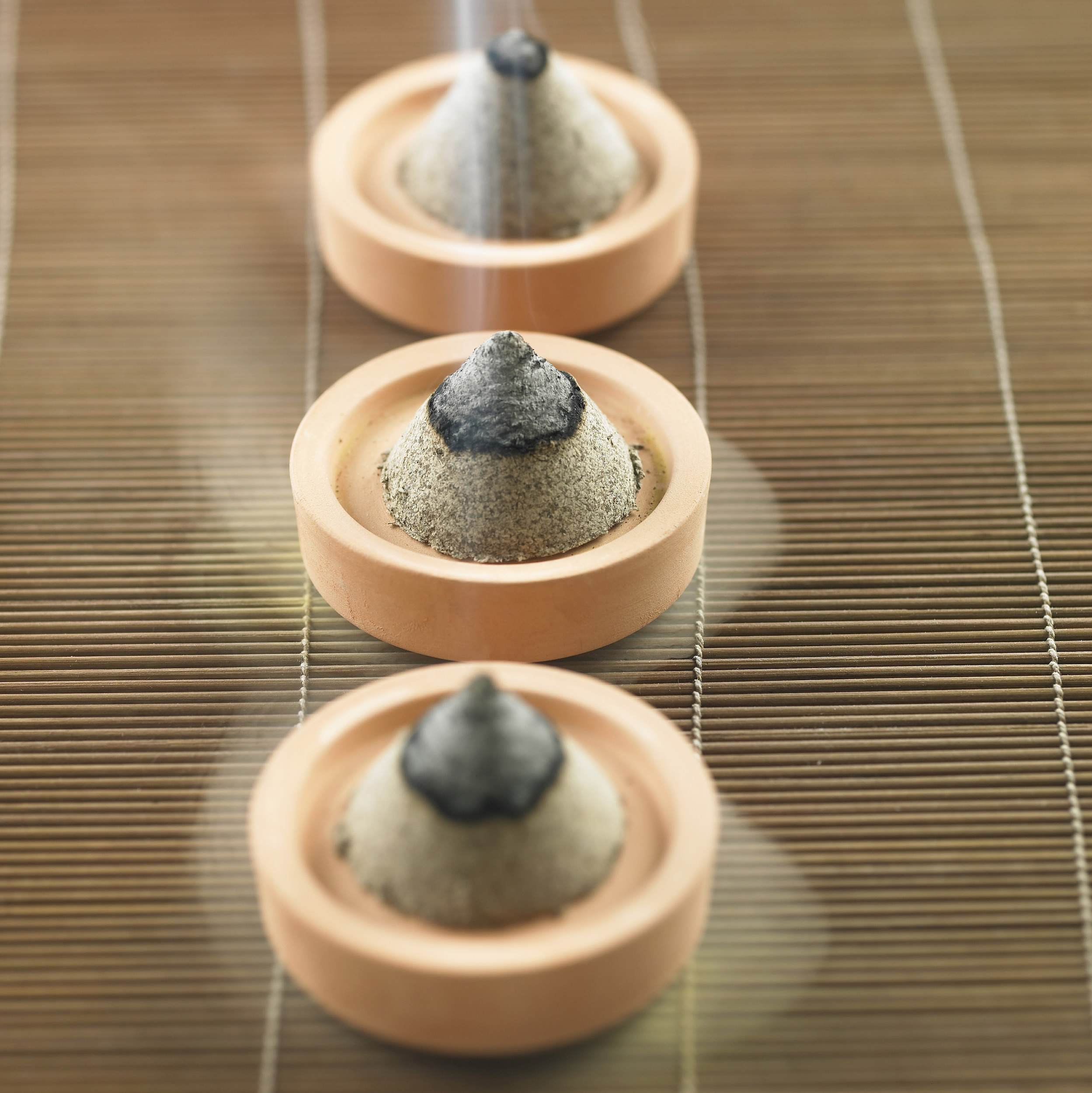
Mugwort can be made into moxa cones. /VCG Photo
In rural areas, where mugwort can be harvested, people still hang the plant on their doors when Dragon Boat Festival approaches. An innovative way to utilize the plant’s healing powers is to apply a mugwort moisturizing facemask to tame agitated skin and scare away spirits.
Calamus
Calamus, also known as sweet flag, is traditionally as popular as mugwort during the Dragon Boat Festival. An old Chinese saying has it that “calamus drives away evilness and brings in auspiciousness.”
The perennial herb’s leaves are narrow, flat and tapered into acute points. Naturally, people associated the plant with swords and believed calamus possessed supernatural powers. Calamus leaves were hung above doors and windows, burned to repel insects, and used to brew medicinal wine.
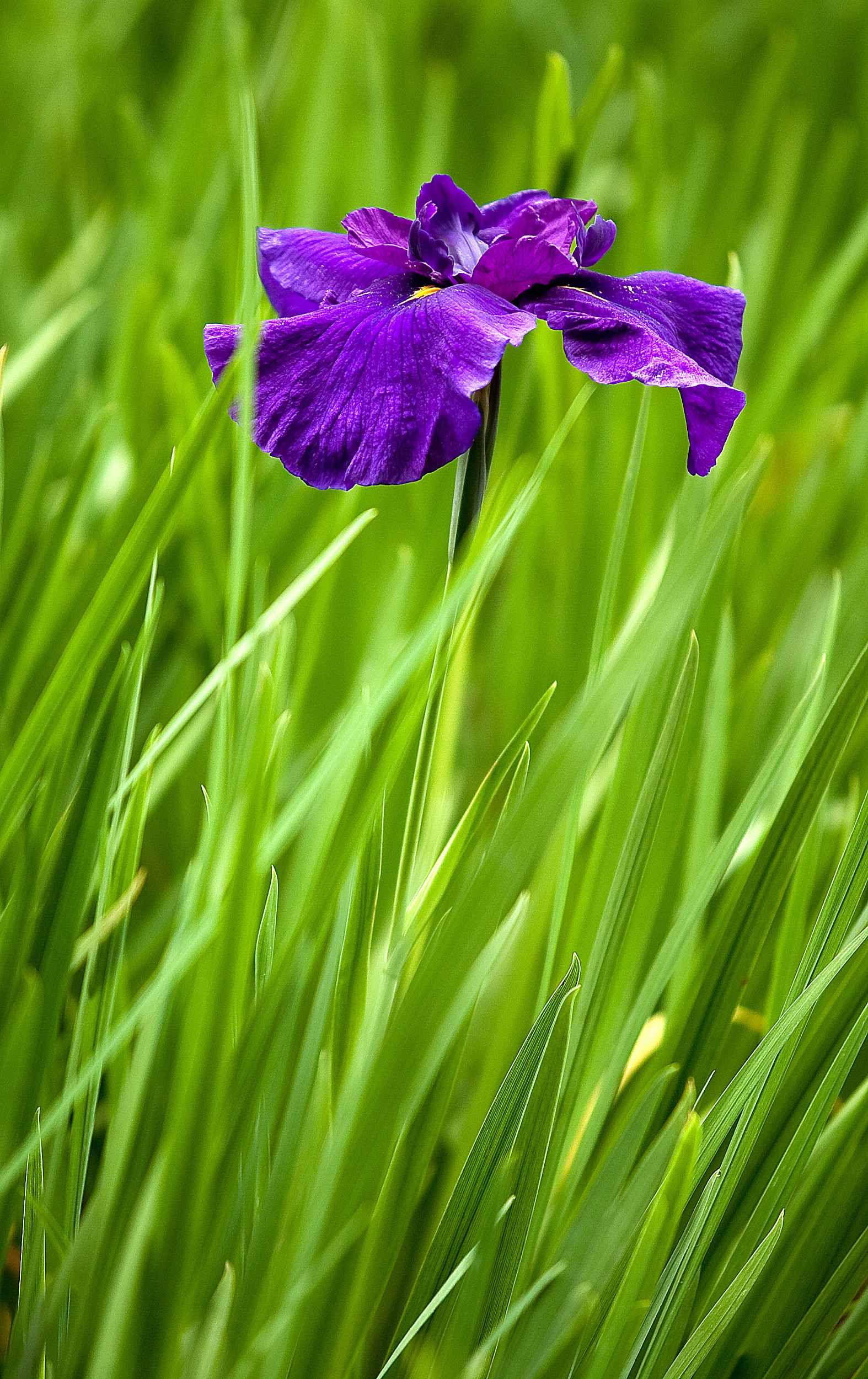
Calamus has long, narrow leaves associated with the shape of swords. /VCG Photo
In TCM, calamus is said to have potent healing powers. It is widely employed for its sedative and antibacterial properties. The essential oil from calamus’ underground stem can be used to treat skin problems, while chewing the plant can help remove the smell of tobacco and acts as a stimulant to increase a sense of well-being.
The potent root, however, can also be toxic, acting as a hallucinogen – it's banned from food products by the US Food and Drug Administration.
Calamus only grows near swamps, ponds and lakes, but urban dwellers can find abundant calamus in central China’s Chongqing Municipality. Grassland covering over 67 square kilometers is filled with plenty of the healing vegetation to munch and reminisce about the past.
Angelica
If hanging and burning plants only protected Chinese ancestors at home, how could they escape evil when they left for work or ventured onto the streets? Well, they carried a fragrant pouch perfumed with spices and herbs. And the key ingredient was angelica.

Wild angelica. /VCG Photo
Not surprisingly, angelica is a medicinal herb. Dragon Boat Festival falls on summer solstice when hot weather historically led to loss of appetite, plague and insomnia. But angelica offers a helping hand, as its root acts as a defense against all three.
In addition, when directly applied to the skin, the magical plant can ease nerve pain, joint pain and skin disorders. Plus, it has the potential to brighten skin tone — so the herb is widely used in cosmetic products.
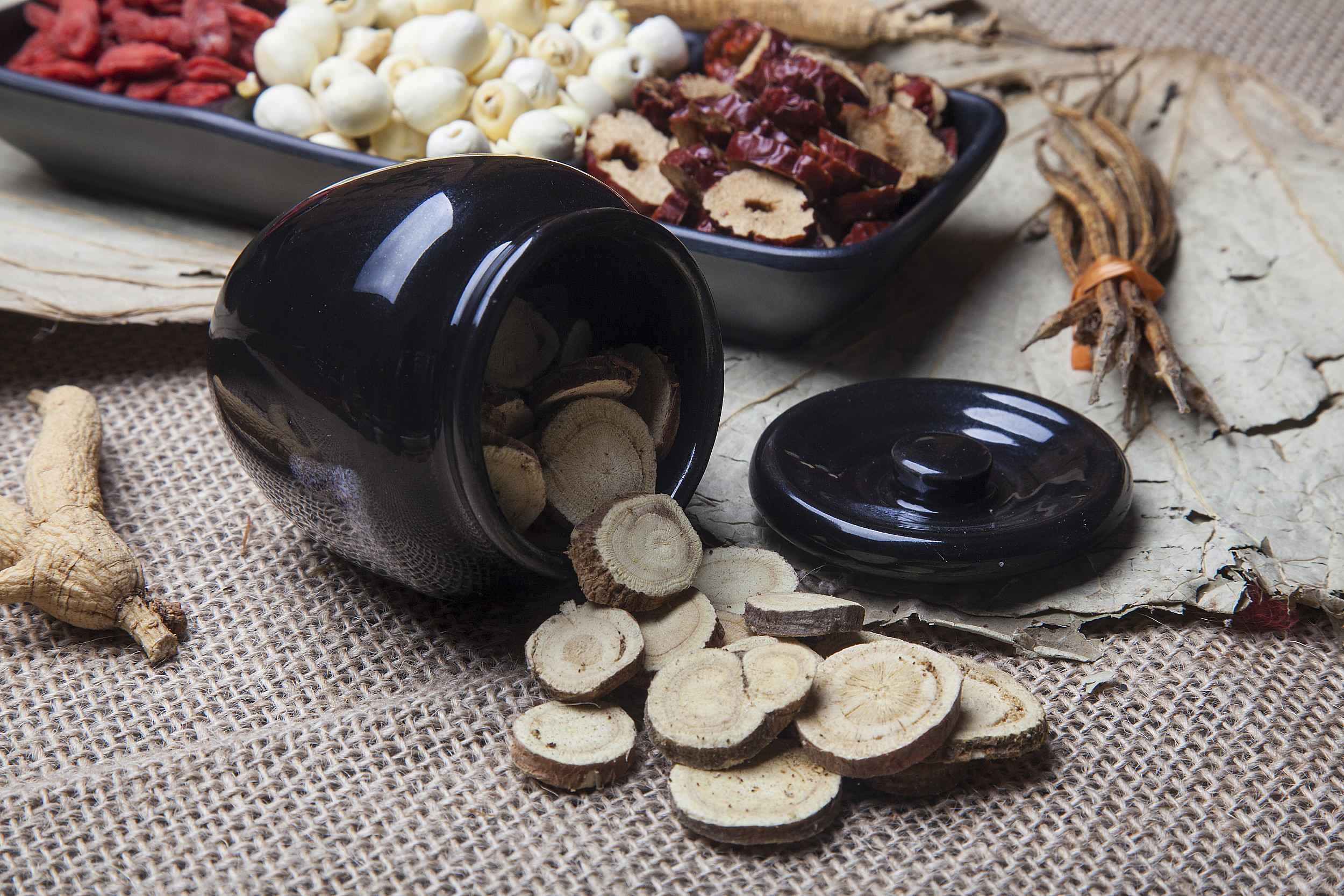
Angelica is a potent herb in Traditional Chinese Medicine. /VCG Photo
Fragrant pouches still serve as charms and insect repellents, but are more of a fashion accessory than a custom. Fragrant pouches made for the Dragon Boat Festival also contain other plants like lavender, mint, clove and mugwort. The strong aroma from the mix is sure to drive away even the most devilish insect.

People make and wear perfumed pouches for Dragon Boat Festival. /VCG Photo
Pomegranate flowers
Generally, people in southern China preferred to hand calamus above their doors, whereas folks up north used mugwort to exorcise evil spirits. Some areas in China, however, opted for pomegranate flowers.
In the fifth month of the lunar calendar, the scarlet flower was in full bloom, and its sumptuous redness was seen as a symbol of auspiciousness and luck. Women wore pomegranate flowers in their hair — both to brighten their style and ward off the twin foes of disease and wicked spirits.
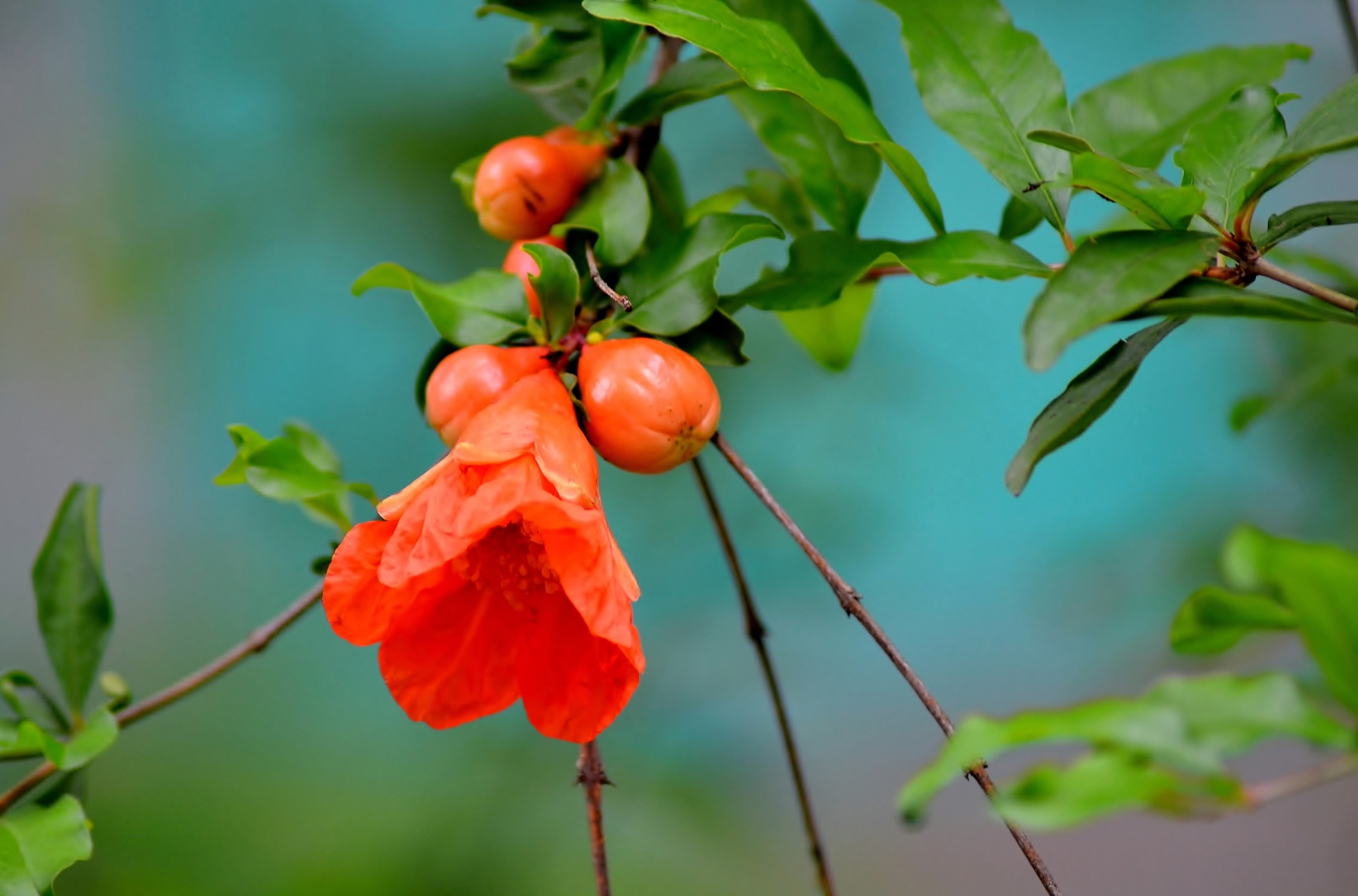
The auspicious rouge of the pomegranate flower is believed to have power to ward off evil spirits. /VCG Photo
Pomegranates are rich in vitamin C, minerals and antioxidants. The flower also possesses medicinal properties, used in TCM as an antidote and to stop bleeding. The herb targets kidneys and the spleen, but is also used to treat toothache and menstrual problems.
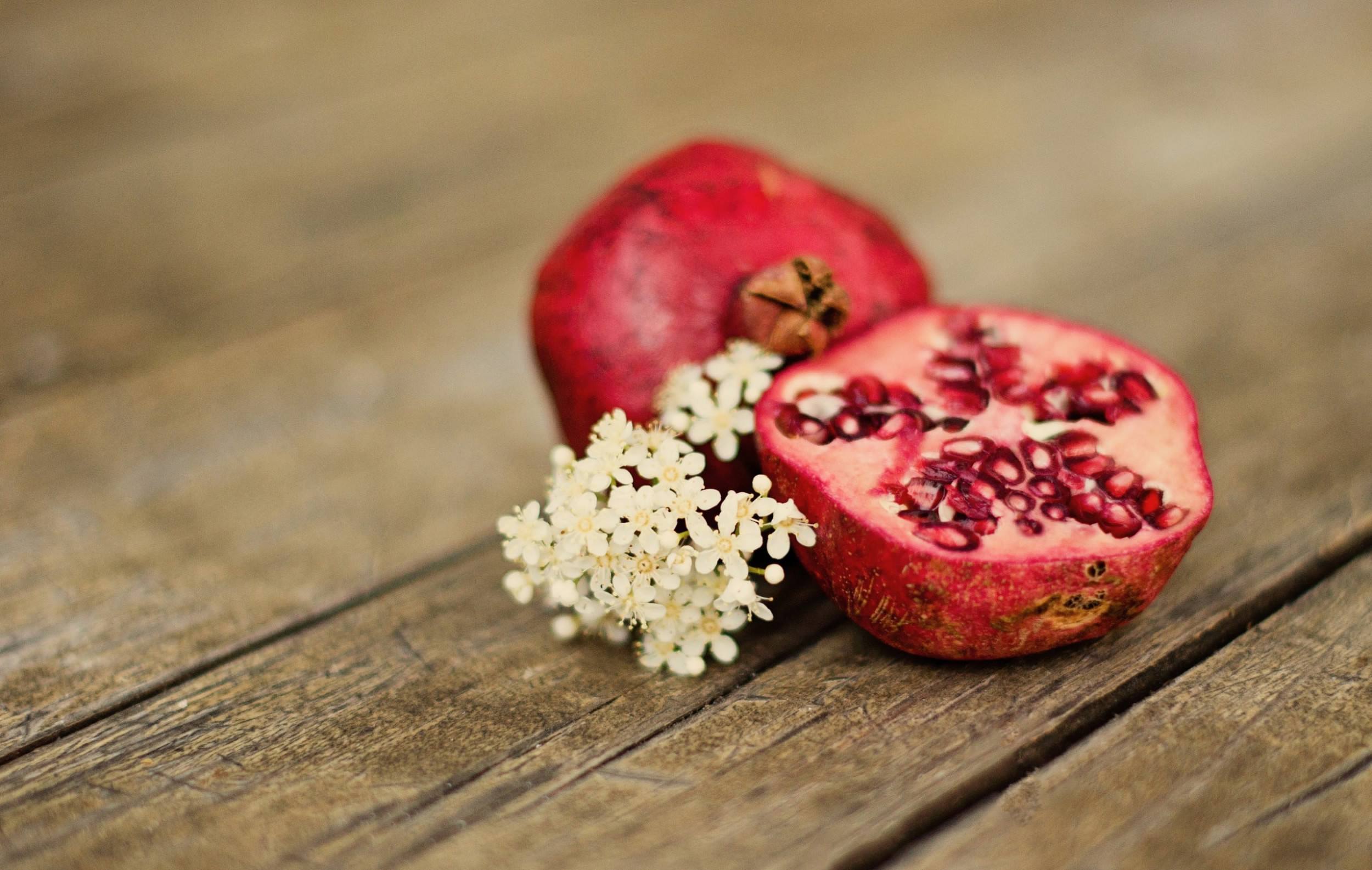
Pomegranate fruits are rich in nutrients. /VCG Photo
People living in northern China sometimes wear pomegranate flowers, but mostly as headdresses for little girls. The festival is thus also known as “girls’ festival”, and the month of May has long been referred to as “pomegranate month.”
Let’s all admit that for us Muggles, it’s mission impossible to find fantastic beasts in our mundane daily lives. Healing herbs, on the other hand, are much easier to track down. They may not collect shiny treasures for us, but they just might help ward off disease and bad luck during this year's Dragon Boat Festival — and remind us of how our ancestors marked the day.









